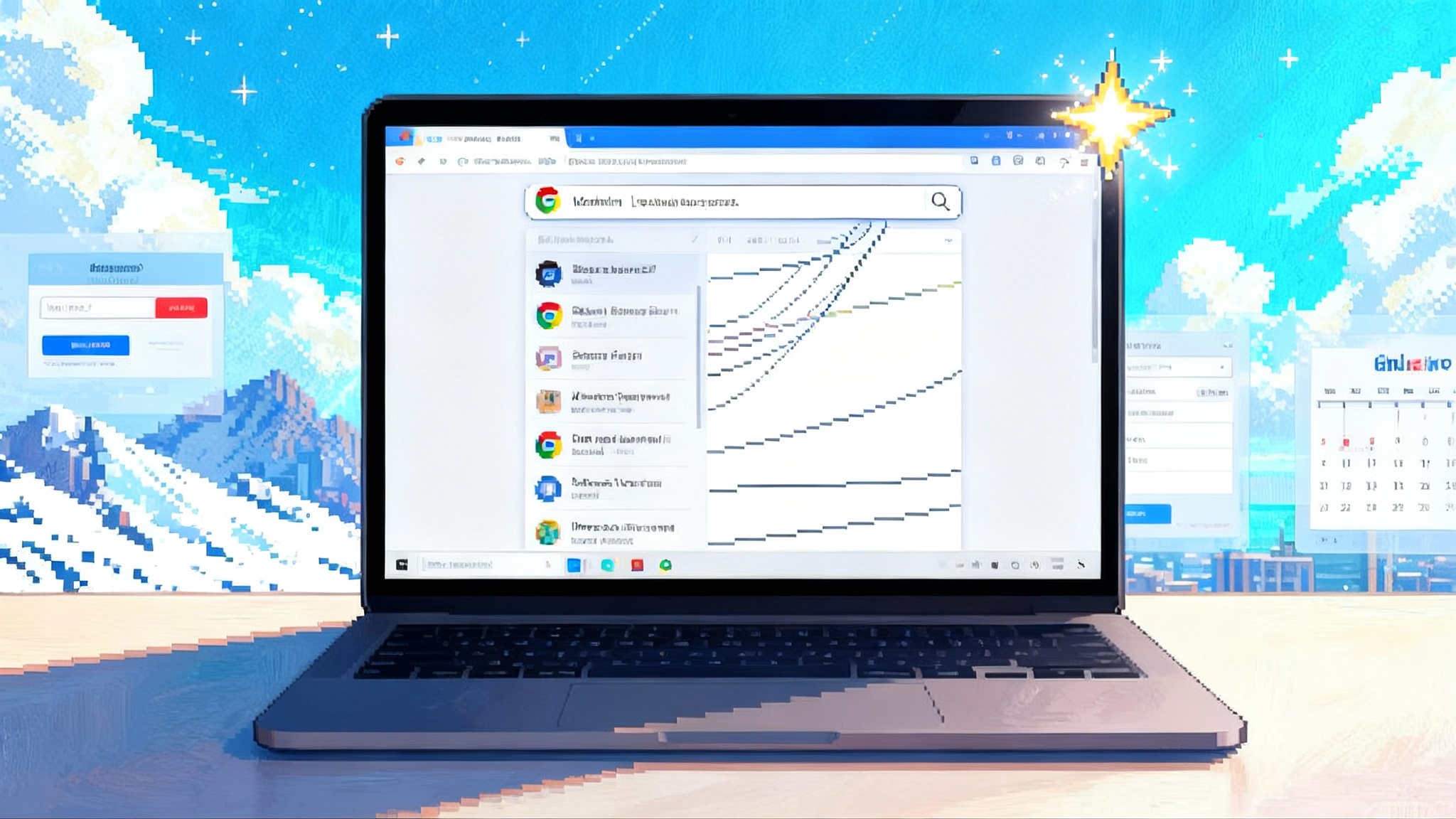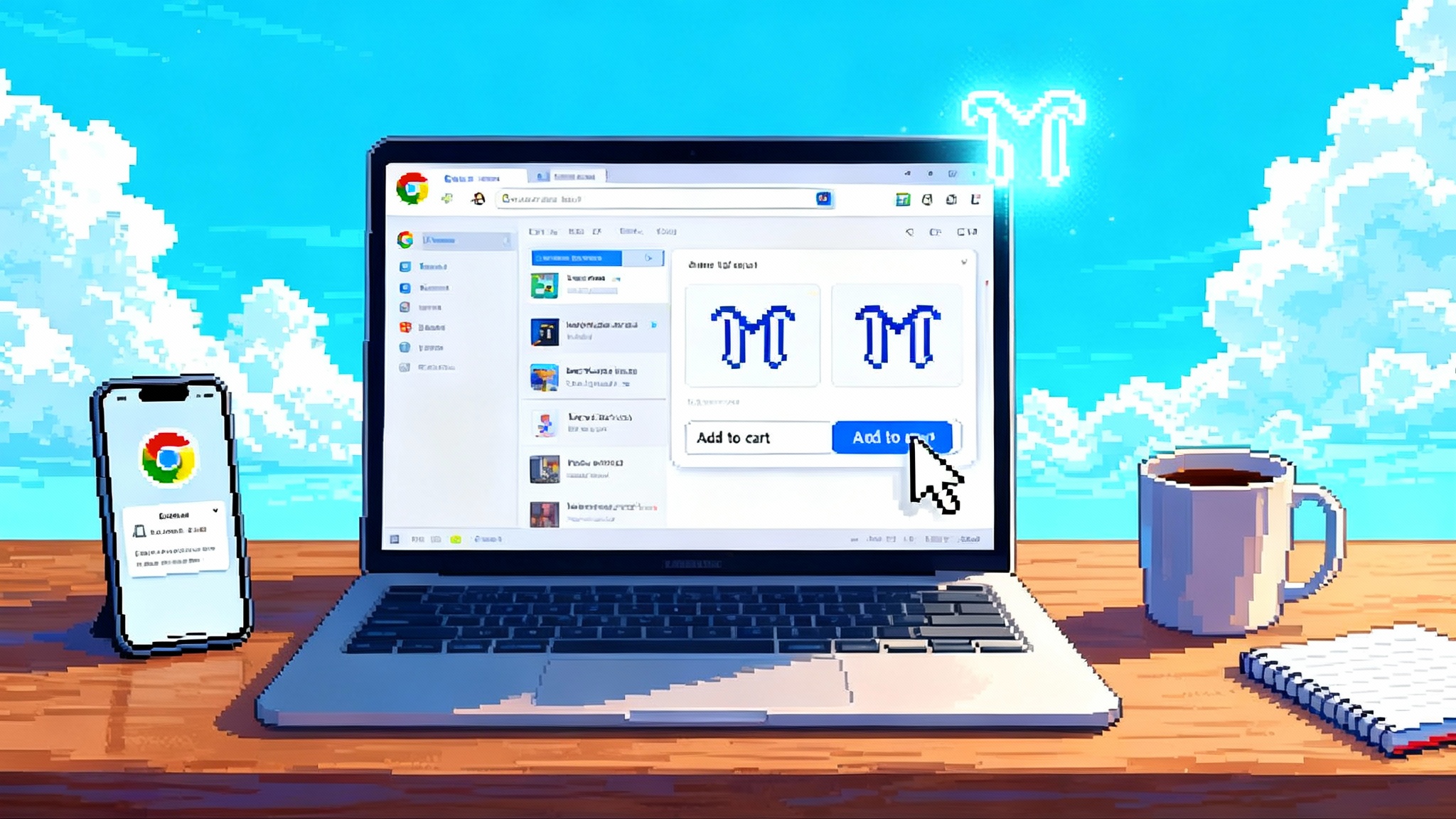DeepSeek R1’s shockwave is rewriting AI’s economics
Mid September 2025 delivered three jolts for AI: a peer reviewed result and reporting that put R1-style training in the hundreds of thousands, a censorship tuned fork from Huawei, and new security research showing politically sensitive code behavior. Here is how cheap reasoning reshapes budgets, safety, and vendor strategy.

The week that made R1 feel inevitable
Three developments in mid September 2025 crystallized a new reality for AI agents.
- A peer reviewed Nature paper and follow-on reporting put R1-style reasoning training in the hundreds of thousands of dollars, not tens of millions. See Reuters on R1's $294k training.
- Huawei publicly showcased a censorship tuned fork called R1 Safe, which aims to filter politically sensitive content while claiming minimal performance loss.
- Fresh security work identified that DeepSeek’s code quality and refusals shifted when prompts referenced sensitive groups and regions. See the Washington Post on CrowdStrike study.
Put together, these stories help explain why R1-class models are collapsing the economics of AI agents while complicating the governance that surrounds them.
Cheap reasoning changes the math of agent stacks
For the past two years, many enterprises treated advanced reasoning as a premium add-on. R1-style training and open distills flipped that assumption.
If strong reasoning can be trained or adapted for hundreds of thousands of dollars and inference runs on commodity or regional chips, the cost center in an agent stack shifts to orchestration, retrieval, and guardrails. That shift dovetails with the browser becoming an agent host, as explored in our takes on the browser into an agent runtime and the Gemini-in-Chrome agent platform.
A simple bill of materials for a production agent now looks like this:
- Core reasoning inference. Target mid-size open reasoning models at single digit dollars per million tokens, with a goal of keeping 70 percent of traces under 2,000 tokens by pruning chain of thought.
- Tool calls. Database, search, vector retrieval, and APIs to ground answers. Cost grows with hop count and shrinks with caching.
- Oversight. Safety filters, critique models, and policy engines that escalate to a human when needed.
- Observability. Tracing, logging, replay for audits, plus data stores for evaluation sets.
In 2024, teams often saw 50 to 80 percent of per task cost in the model. By late 2025, tuned stacks frequently invert that ratio. On typical enterprise tickets like data pull and transform, model spend sinks below the long tail of tool calls, storage, and monitoring. On complex work like code changes, model spend still dominates, but the gap narrows as open reasoning gets lighter and smarter.
Practical takeaway: if you paused agent projects over model costs, the blocker is now less per-token pricing and more engineering time for good planning and the discipline to keep context short.
Pricing gravity hits the closed model business
Closed providers will still sell premium performance, uptime, and liability coverage. But the usable floor for reasoning has dropped. Buyers will benchmark closed quotes against what a tuned open stack can deliver for a fraction of the price.
Expect more of the following over the next two quarters:
- Tiered pricing that makes reasoning feel free at low volume, then monetizes guarantees, privacy, and throughput.
- Bundled safety and compliance, including indemnification, as differentiators when raw capability is close.
- Region specific SKUs that meet local rules while preserving latency and cost advantages.
This does not mean closed models fade. It means they must prove deltas that matter under real workloads, not just benchmarks. If you cannot see the advantage in your traces and business metrics, cheaper open reasoning will pull you away.
Safety tradeoffs are now center stage
Cheap reasoning is not automatically safe reasoning. Two risks are already visible in pilots.
- Longer traces leak method and intent. Adversarial prompts can halt or overwrite reasoning or smuggle unsafe content from hidden thoughts into final answers. You need explicit policies for when chain of thought is permitted, summarized, or suppressed.
- Alignment choices shape quality and refusals. The code behavior highlighted in recent tests is not an abstract bias debate. It is a security risk. If an agent emits weaker code paths in specific geopolitical contexts, that becomes an attack surface.
Your mitigation plan should include:
- Policy mirrored reasoning. Use short rationales by default, request full traces only for auditable workflows, and hash or encrypt traces at rest.
- Cross model safety committees. Run final outputs and critical traces through an independent safety model that you can swap or update without retraining your core.
- Topic differential tests. Ask for the same artifact across neutral, sensitive, and adversarial contexts. Watch for quality and refusal asymmetries.
- Code hardening by default. Any agent that writes or edits code must lint, test, and run static analysis before proposing a patch.
Geopolitics moves from the press release into your backlog
Huawei’s censorship tuned fork is a signal. Governments and large vendors will adapt open reasoning models to their regulatory frameworks and priorities. That pushes you to answer questions that rarely appear in model cards.
- Which jurisdiction and license govern the fork or distill in production.
- Whether your vendor contract allows the model to be tuned or swapped without notice.
- How you document refusal and performance behavior across politically sensitive contexts.
Expect activity on three fronts:
- Export controls. Debates will expand from chip ceilings to software and models, especially recipes and datasets that boost autonomy and tool use.
- Licensing. More source available licenses with usage restrictions for high risk domains. Expect derivative specific licenses that travel down to forks and distills.
- Safety regimes. Sector regulators will lean on existing authorities. If your agent touches health records, payments, or critical infrastructure, expect extra logging, audit, and retention.
For leaders building governed agent fleets, there are useful parallels in enterprise rollouts like governed agent fleets.
What this means for agent deployment budgets
Agent budgets now hinge on three levers you control.
- Trace length. Keep reasoning concise unless you can show a measurable accuracy gain. Token budgeting is the new caching.
- Tooling density. Invest in the two or three tools that shave the most steps from plans, then cut the rest.
- Safety routing. Route risky prompts away from your cheapest model. It is often cheaper to pay for a safer model or a human in the loop than to pay for an incident.
A practical budgeting pattern for Q4 2025 pilots:
- Start with a mid-size open reasoning model for the planner. Use a small safety model as a gate and a larger model for final review only on high risk tickets.
- Enforce max trace budgets with hard caps per task type. Reserve full chain of thought for investigations and debugging.
- Precompute and cache answers to expensive subproblems that reappear across users or days.
The result is a unit cost decline without a quality cliff. Pull closed models into the loop only where they prove value on your metrics.
Evaluation standards need to match production
Benchmarks that reward long chain of thought are not enough. You need evaluations that mirror reality.
Build a three tier suite:
- Task fitness. Real tasks with governance hooks. Can the agent finish a workflow under your latency budget and within your token cap.
- Safety resilience. Include jailbreaks, prompt injections, tool misuse, and topic differential tests. Track refusal quality, not just refusal rates.
- Post deployment drift. Sample live traces to catch shifts in performance and safety. Alert when sensitive topic distributions change.
Measure what matters beyond accuracy:
- Observed deltas versus your closed model baseline on your own tasks.
- Outcome variance across jurisdictions, languages, and sensitive topics.
- Recovery behavior after a safety gate triggers. Do agents correct course or loop.
The next 6 to 12 months
The open versus proprietary race will be decided by who shows repeatable value under constraints.
Watch for:
- Open reasoning convergence. Multiple open families matching R1-class performance at similar or lower cost.
- Closed model repositioning. Emphasis on guarantees, liability, and integrated safety, not just raw scores. Expect pricing that makes it easy to mix closed gates with open cores.
- National forks. More jurisdiction tuned forks that implement local law and norms, plus sector tuned forks with domain guardrails.
- Standardized safety traces. Common formats for storing and redacting reasoning traces with enterprise controls for retention.
- Harder evaluations. Shared red team corpora for politically sensitive code, biosecurity prompts, and critical infrastructure scenarios.
Bottom line
R1-class reasoning has pushed AI into a new regime. The cost to get capable planning and critique is now low enough that it no longer dominates agent budgets. That flips leverage to teams that architect for short traces, careful tool use, and measurable safety. It also drags geopolitics into day to day engineering. The winning stack will prove value on your workload, at your price, under your risk constraints.








